Cool concepts that started out intriguing but never took off

Our smartphones can be at times magical, in the sense that they somehow hold wonders that make us gasp with surprise when we’re exposed to them. Remember when Steve Jobs introduced pinch zooming to the world in 2007? It blew our minds away back then, even though it’s now a fundamental gesture so ingrained into our mind.
Features like that first started out as a concept, only to be perfected over time to provide us with something practical. In the world of smartphones, there have been many concepts that ended up becoming successful. However, there have been quite a few that started out intriguing but never took off – whether it was due to the lack of adoption among consumers or simply because they were terribly executed.
In this piece, we’re going to dive in and talk about some of those that didn’t result in mass adoption. Do you happen to remember any of them?
3D displays
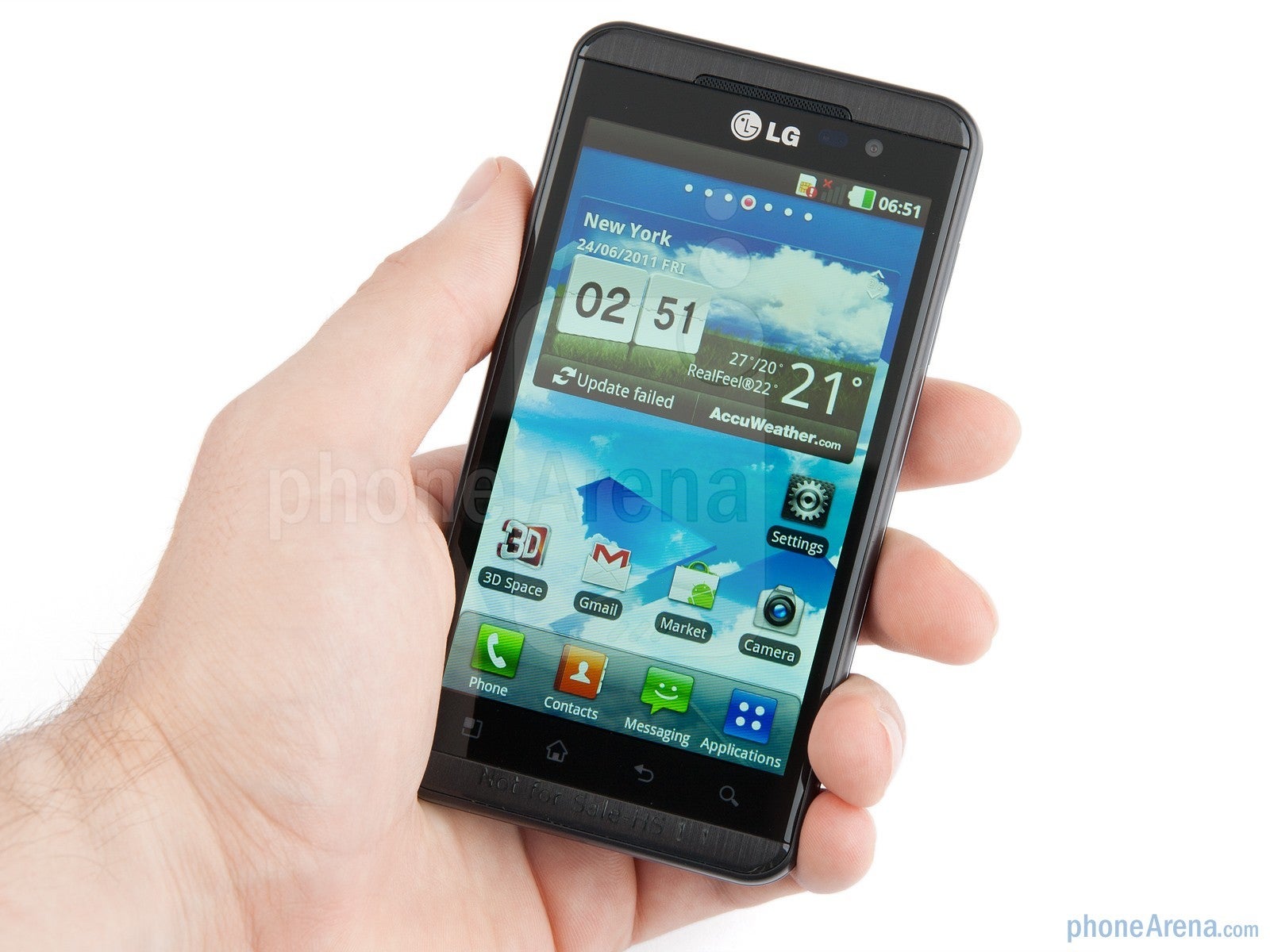
The LG Optimus 3D (Thrill 4G) was one of the phones that tried to sell us on the idea of 3D displays.
3D movies were making their comeback in theaters, with James Cameron’s epic science fiction film Avatar showing us the wonders and awe of 3D in 2009. By the time 2011 rolled around, we got our first smartphones with 3D displays – the HTC EVO 3D and the LG Optimus 3D/Thrill 4G. These two smartphones offered one major difference from 3D movies, and that was they didn’t require special 3D glasses to be worn. Instead, they relied on a glasses-free experience with the help of their respective parallax-barrier displays.
At first, the whole concept seemed really cool. Unfortunately, it never quite took the world by storm. Part of that was the lack of support from third parties. It never helps when there’s barely any content to choose from, so the whole 3D display rage never had the chance to blossom. These phones also had the ability to shoot photos and videos in 3D, but you really couldn’t share them with anyone because in order to view them in their original 3D form, you needed a phone with a 3D display in the first place.
Ultimately, LG’s interpretation fared a bit better than that of HTC, eventually producing a second handset in 2012. After that, the concept pretty much went dead until the arrival of the RED Hydrogen One just last fall, which again reminded to us all that 3D displays on phones just can’t cut it.
Cameras with variable optical zooms
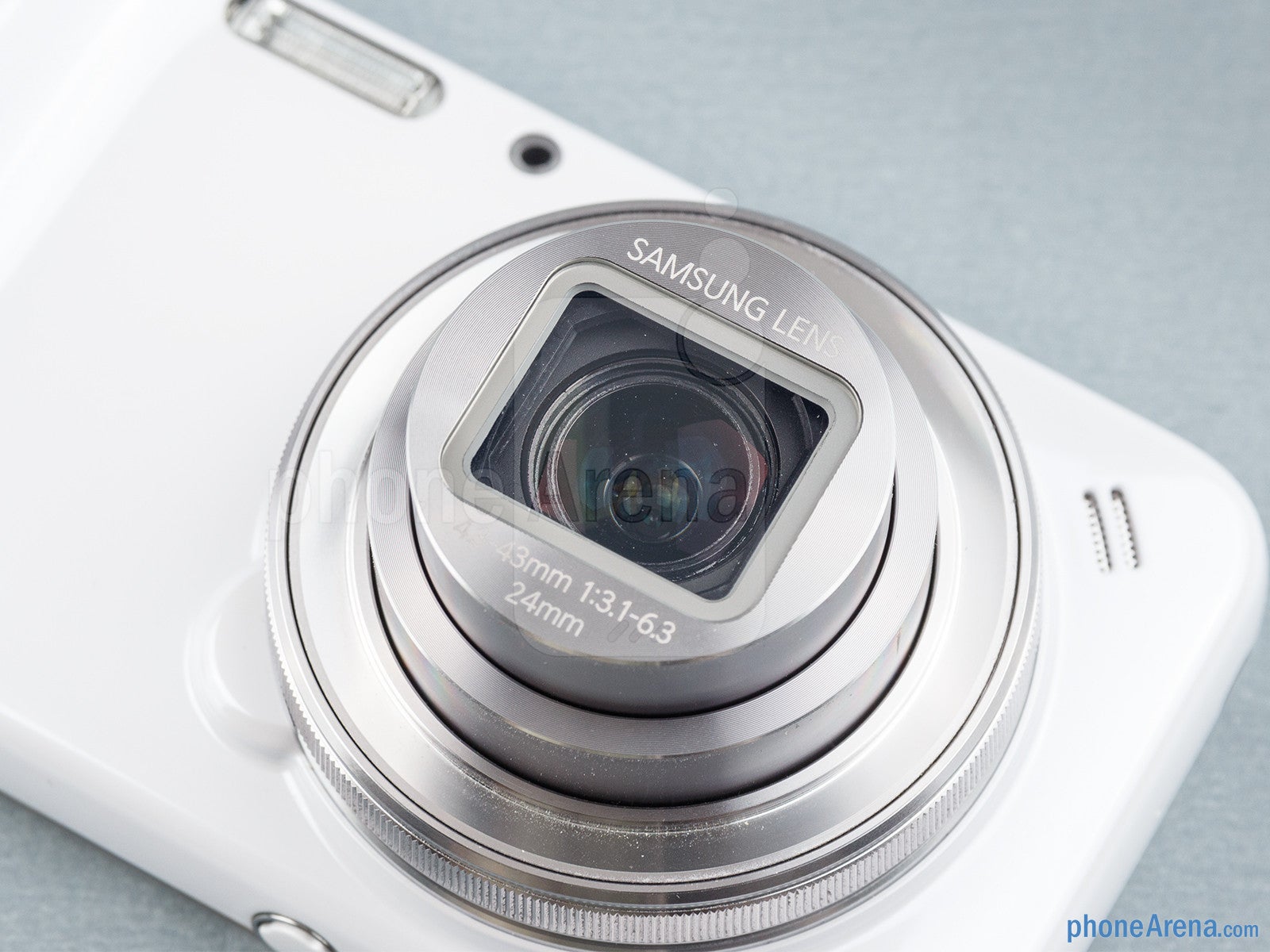
While useful in getting closer to your subjects, phones with variable optical zooms were simply bulky in size, making them less pocketable.
Today’s smartphone cameras are unbelievably well versed when it comes to snapping amazing photos, with nearly every single flagship smartphone in circulation in constant contention for being the best of the best. This wasn’t always the case, as only a handful of smartphones were widely considered true camera phones. There was a time, too, when smartphones featured variable optical zooms with their cameras – like the Samsung Galaxy S4 Zoom, Galaxy K Zoom, and Asus Zenfone Zoom.
The concept of variable optical zoom on a phone seemed practical. But while this definitely helped to get photogs closer to their subjects without being all too obtrusive and in their face, the addition of variable optical zoom in smartphones largely made them bulky in size. That, of course, was the result from having to house the additional components that were necessary. As a result, consumers didn’t feel that getting closer was more beneficial over having a sleeker phone, which is why variable optical zooms has never became widespread.
Add to that, the improvements in today’s camera phones, such as AI and multi-camera systems, have seemingly iced any chance for variable optical zoom to make a comeback.
Pico projectors
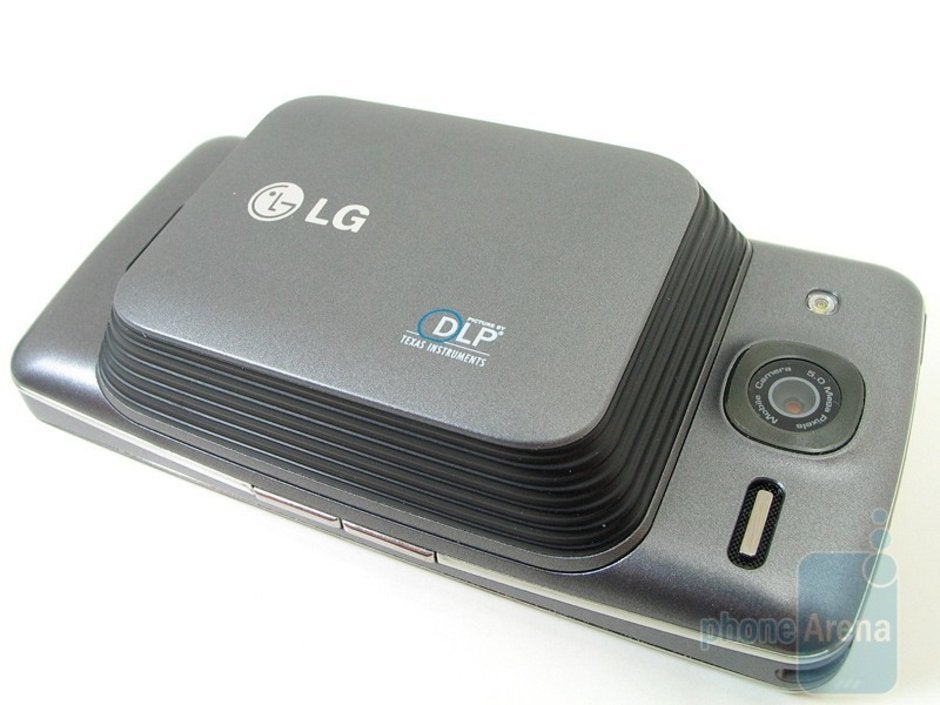
Pico projectors are required to meet certain parameters in order to function practically, which often made them difficult to use. Plus, they're battery hogs, like in the case of the LG eXpo and its add-on pico projector.
Watching something on your smartphone’s display is great, but wouldn’t it be better if you could share the view with others? Well, pico projectors aimed to do exactly that with some smartphones and other mobile devices. But despite their obvious advantages, they never quite caught on.
Some early smartphones like the LG eXpo featured an add-on accessory that brought along a mini pico projector into its arsenal. Unfortunately, the accessory was a battery hog, emitted a ton of heat, and using it comfortably required a very low-lit room. The most recent integration of a pico projector we've seen was in a tablet – in the Lenovo Yoga Tab 3 Pro from 2015. Despite the advancements in pico-projector technology, having one built into a mobile device just doesn't quite make for a compelling stand-out feature because of the advent of wireless streaming.
Air Gestures
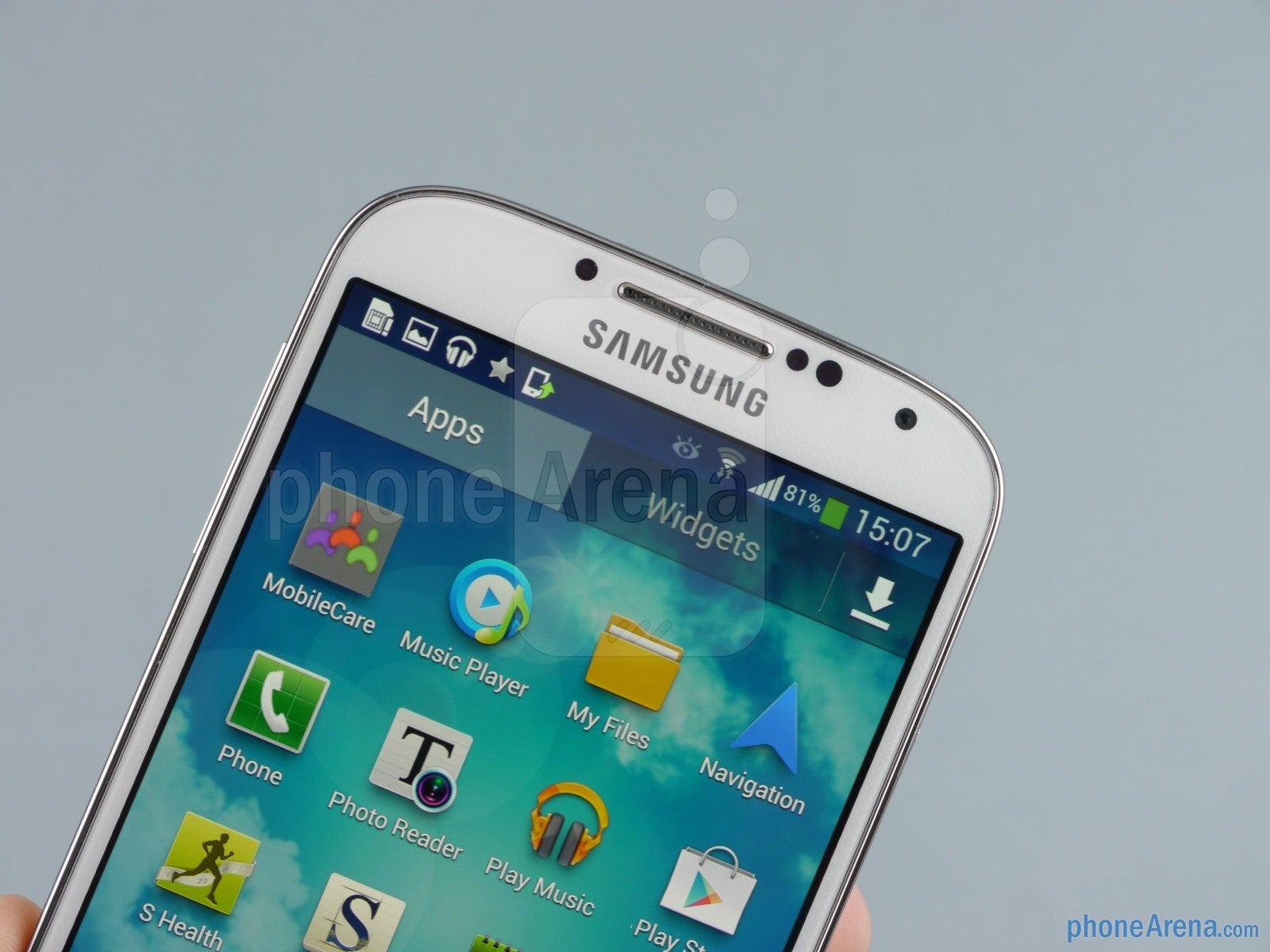
The Samsung Galaxy S4 was a powerhouse, but even though its Air Gestures were initially viewed as helpful, its lack of responsiveness and practicality made it somewhat useless.
Ah yes. How can we forget about Samsung’s Air Gestures? Even when they were first rolled out with the Samsung Galaxy S4, Air Gestures were a questionable addition to what was then an already feature-packed smartphone. Essentially, a sensor allowed the phone to detect when you’re waving your hand over the phone’s display – to achieve some ‘touchless’ controls, such as vertically scrolling on a web page, scrolling through the picture gallery, and much more.
Part of the reason why this feature was slowly phased from subsequent Galaxy phones was its lack of responsiveness. On top of that, it often felt like there was more work involved in waving your hand over the display as opposed to simply touching it. Need to vertically scroll on a web page? Just flick with your thumb or finger over the display! Simple enough, right? You betcha, which is why it’s not a feature that we don’t see in other phones. Recently, however, we saw a similar implementation with the LG G8 ThinQ and its ToF sensor. This may bring us closer to a practical touchless implementation due to the more precise and accurate tracking, but time will show us if that’s the case.
Integrated Bluetooth headsets
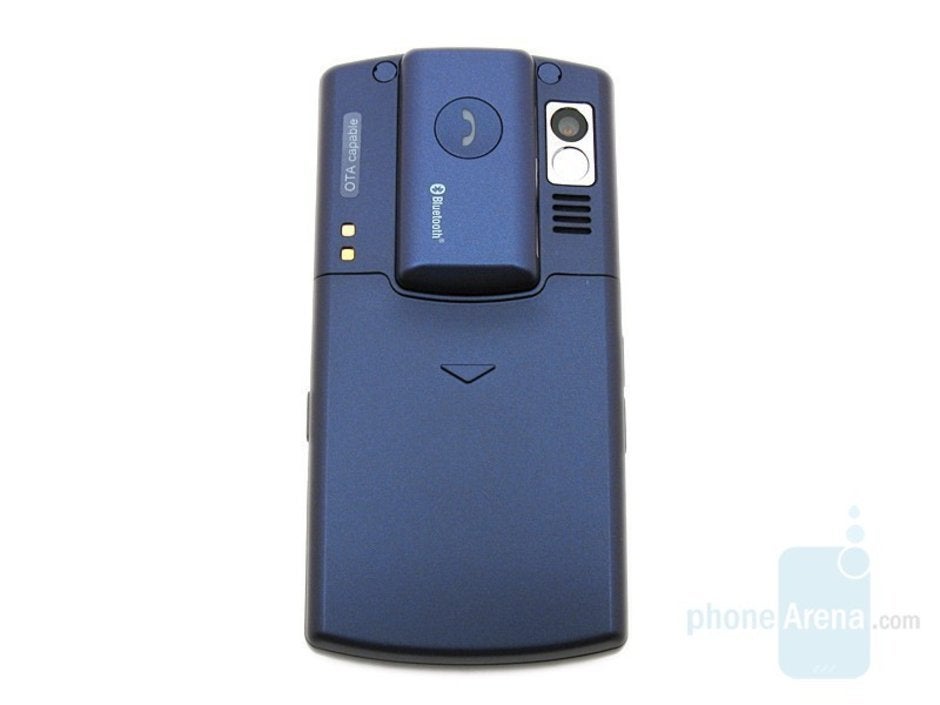
The LG Decoy's integrated Bluetooth headset seemed like a great idea, but it didn't quite catch on with the masses.
It’s always a pain having to remember to carry around something to use with your phone (think dongles with today’s headphone jack-less devices), so you’d think that having something integrated would make things more practical, right? Bluetooth headsets are continually used by many people and offer great convenience with their hands-free experience, but it’s tough to constantly remember to bring them around with us all the time. The LG Decoy from 2008 aimed to solve that problem with its integrated Bluetooth headset.
That’s right, people! This candy-bar slider featured a handy Bluetooth headset that tucked into its back and would also charge when attached. However, the concept never really took off and it doesn’t look likely that it’ll be coming back soon. Honestly, it’s tough to say why this didn’t succeed, but it could be due to the fact that speakerphones in smartphones have improved – plus, the popularity of texting and messaging apps make phone calls less of a priority. Regardless, we haven’t seen a major phone manufacturer release a handset with any sort of integrated Bluetooth headset.
Gaming smartphones with physical controls
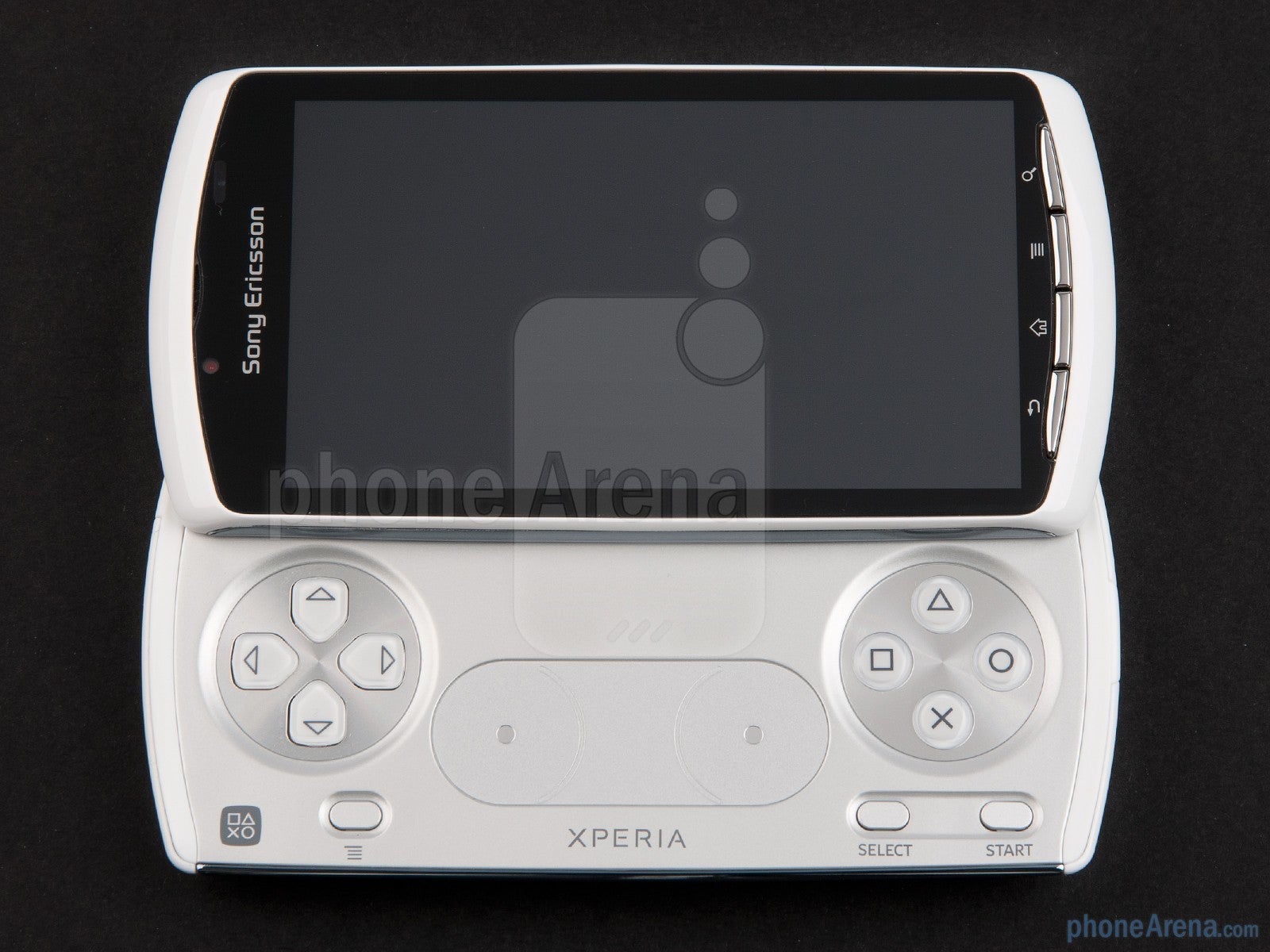
The Sony Ericsson Xperia PLAY, aka the PlayStation phone, was highly anticipated prior to its announcement. But as we've seen, a phone really doesn't need integrated controls to be considered a gaming phone.
Gaming has and always will be a relevant part of our mobile devices. Even the earliest handsets featured crude games that helped to pass time, which you could argue to be the same in this day and age with some of today’s “freemium” titles. While all phones are capable of running and playing games, there have been a few that have been specifically developed to be gaming devices.
Take for example the Nokia N-Gage from 2002 which brought dedicated physical controls to a phone. The premise seemed like the perfect marriage, but as history has shown us, that wasn’t the case. Similarly, the Sony Ericsson Xperia PLAY attempted to win us over as well in 2011 with its integrated controls. It failed as well to have a long-lasting impact, even though it had the backing of some old-school PlayStation games.
Considering how Bluetooth gamepads can turn just about any smartphone into a gaming one, the concept of integrating physical controls just never became popular. For the N-Gage, the MMC-based cartridges added to the burden of bringing them around and swapping them. Even through the Sony Ericsson Xperia PLAY had the benefit of downloading games instead, there were still very few titles that really took advantage of its unique control setup.
Clickable screens
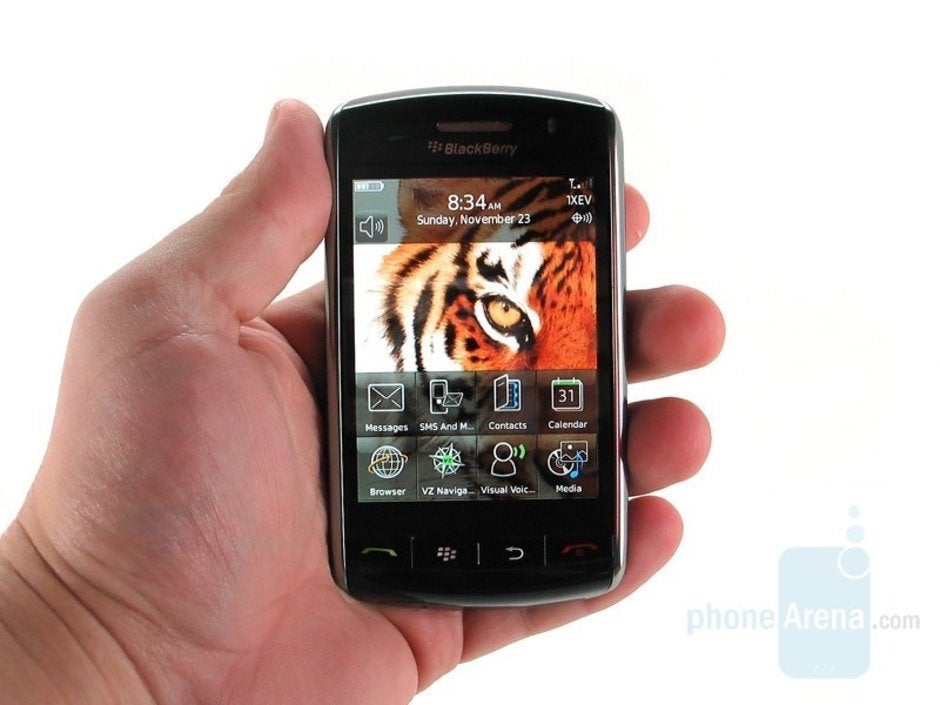
The BlackBerry Storm had something cool at first with its clickable SurePress touchscreen, but the idea didn't have any lasting impressions among consumers.
The smartphone display has come a long way since the early days. After the rise of capacitive screens, the company formerly known as RIM (Research In Motion) developed the clickable display with the BlackBerry Storm in 2008. At first, the concept seemed like a neat idea – one that would offer that feeling of actually pressing into a display if enough force is applied. Given BlackBerry’s legendary keyboards, the company thought that the Storm’s SurePress technology would become equally popular.
My oh my how they were wrong about it! It’s one thing to offer some sort of haptic feedback when typing away on a touchscreen, but it’s another to be required to push into a display to type. For many people who used the Storm, the act of typing just seemed a bit more labored. Even though the SurePress touchscreen display was slightly improved with the Storm 2, it still failed to become a practical form of typing. With the eventual rise of swipe-based keyboard typing with the help of third parties, the SurePress keyboard was pretty much destined for failure.
Dual screens
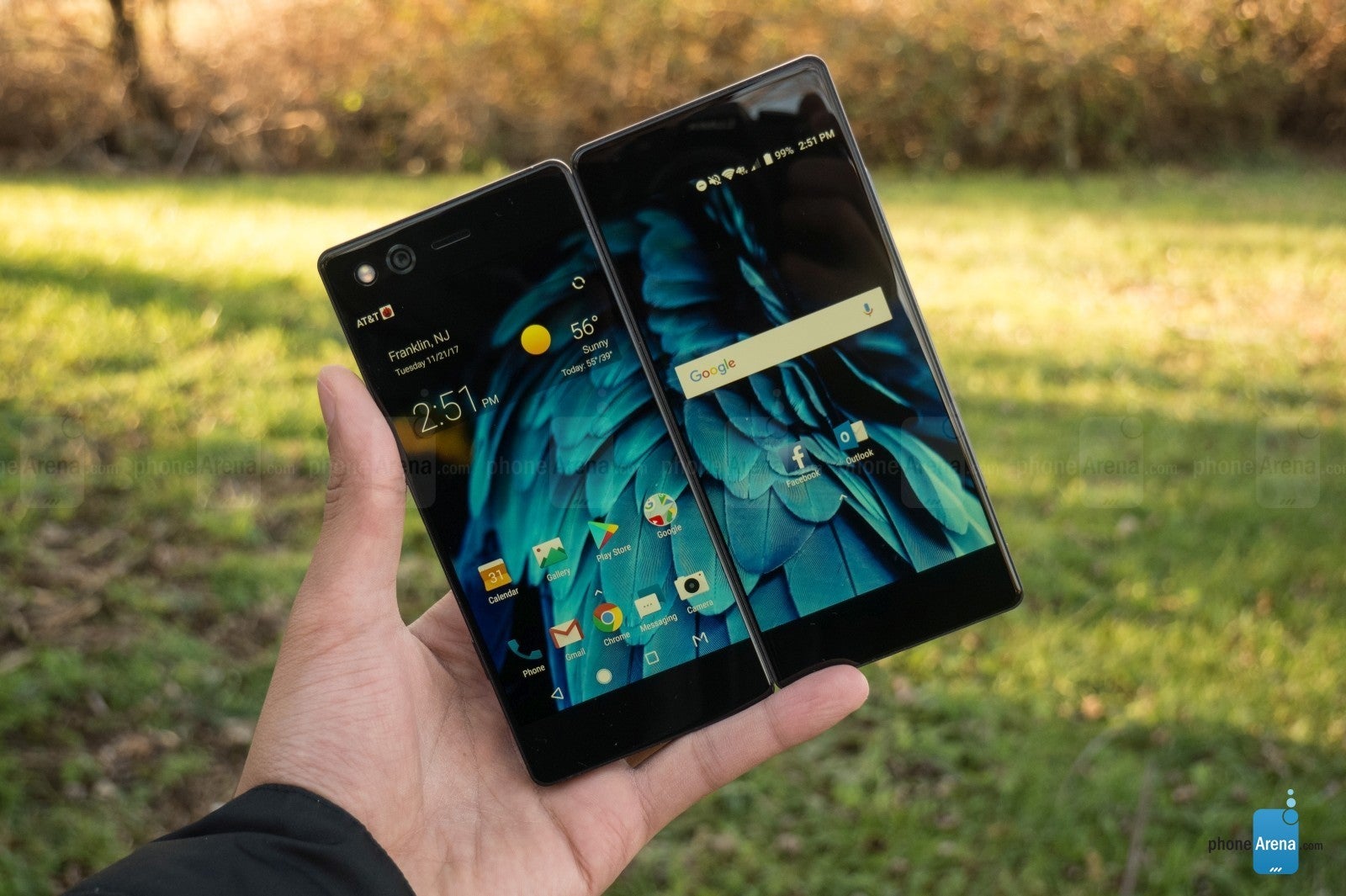
The idea of bringing two screens together seemed ambitious, but the technology just wasn't there to make dual screen phones usable.
Right now, with the rise of foldable displays, the smartphone landscape is going through what’s arguably another renaissance. After years of trying with other concepts, it seems as though we’re on the verge of really having a foldable display in a smartphone that’s practical to use!
Before foldable displays, a few manufacturers were desperately trying to sell us on dual-screen devices – the ones that featured two displays that come together to form a larger viewing experience. We’re talking about phones like the Kyocera Echo from 2011 or, more recently, the ZTE Axon M from 2017. These dual-screen devices never took off, partly because they couldn’t overcome the technological challenges they faced – like eliminating the bezel that was present when both displays came together. On top of that, they didn’t necessarily enhance the experience in any capacity over other existing phones at the time. And worst yet, they just seemed so hastily done – as if there was little thought put into them!
So far, it seems as though we should still be a little skeptical about these new, upcoming gadgets with foldable displays, especially given the history we’ve seen with dual-screen smartphones.









Things that are NOT allowed: